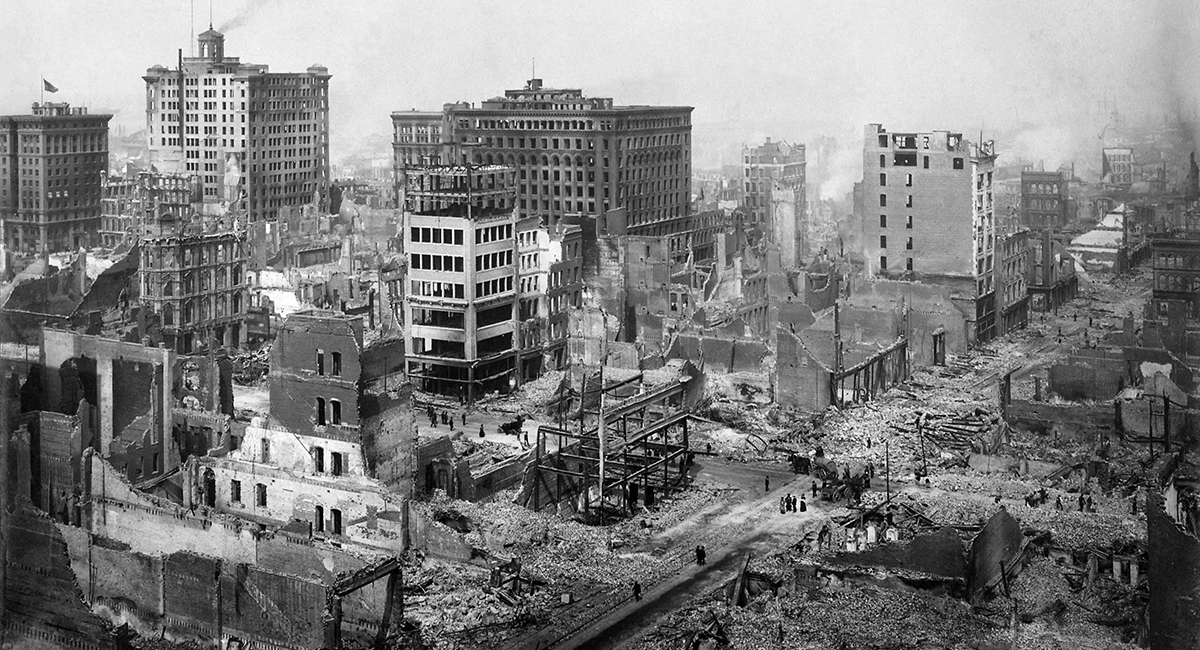At 5 a.m. on April 18, 1906, San Franciscans were jolted out of their beds by the first tremors of an earthquake whose vibrations would be felt as far away as England. The massive quake brought down lampposts and split gas lines, causing several small fires that quickly converged into one giant conflagration that burned for three days. The fire destroyed more than 28,000 buildings and left a quarter-million residents homeless.
In terms of sheer numbers, San Francisco has never faced a housing crisis as severe as 1906. Yet by 1911 the city had restored its pre-disaster housing capacity.
Today San Francisco is facing a state mandate to build 82,000 new housing units by 2032, yet according to a recent audit the city approved only 179 new units in the first half of 2023. This raises a question: what has changed since the time when the city could construct tens of thousands of housing units in only five years?
The answer, as many locals are already too aware, is bureaucratic red tape.
In 1906, neither San Francisco nor California had building codes or zoning regulations. The city established its first building code in 1907, and the state followed two years later. But these regulations were mild by modern standards, and they were meagerly enforced in the rush to rebuild. The city’s first zoning code was not implemented until 1921, and it had no regulatory body enforcing it until 1928.
According to economist James Siodla, in a paper published in the journal Explorations in Economic History, “San Francisco’s redevelopment occurred within a free market setting in which private interests guided the city’s rise from the ashes.”
Modern San Francisco isn’t exactly the mecca of markets, and this is a point that many local progressives pride themselves on. Yet this hardly deters the most anticapitalist residents from blaming markets for housing shortages.
City Supervisor Dean Preston—San Francisco’s resident socialist millionaire—regularly blames the city’s housing crisis on capitalism. “My view is that people are homeless because of the complete and utter failure of our capitalist economy,” he said in an interview with Jacobin magazine during which he also boasted of his personal vendetta against landlords and local developers.
This belief would be farcical if it wasn’t so tragic. The reality is that the City by the Bay is arguably the least market-oriented city in the country, especially when it comes to housing. In 2016 the city’s own planning department published a white paper decrying San Francisco’s “labyrinthine” planning code, which comprised more than 800,000 words and made development approval nearly impossible.
Adding to the mammoth regulatory code is San Francisco’s unique tradition of subjecting every permit to discretionary review, which was established by a legal opinion from the city attorney in 1954. At that time, builders needed only three permits to start construction, but since the permit explosion of the 1970s, builders have to obtain dozens of permits for everything from utility connections to tree removal. These requirements add considerable costs and endless delays to every project, forcing developers to spend years navigating the tangled web of red tape before even breaking ground.The consequence is that the “market price” of a home in San Francisco is grossly inflated by the mountain of regulations that raise construction costs and constrain supply. Yet city leaders continue to believe that the only way to create affordable housing is to endlessly chase rising housing costs with taxpayer subsidies, while ignoring the role their policies play in driving the shortages to begin with.
It is time for San Francisco to get over its antipathy to markets. Private developers were able to build thousands of new homes and commercial buildings in the wake of the 1906 disaster, and they can do so now. If local leaders are sincere about wanting to encourage housing construction, they need to start by tearing down the overbearing regulations that stand in the way.








